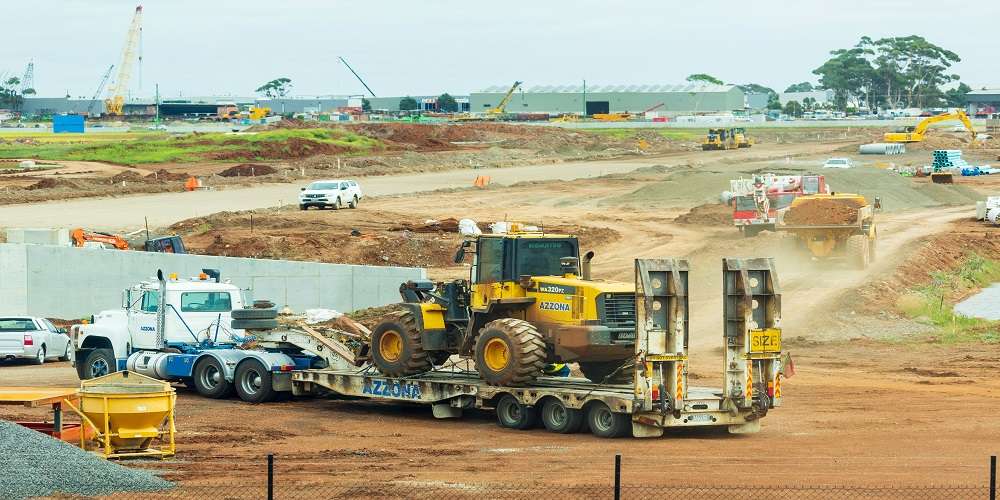The cost of repairing heavy machinery isn’t cheap, so businesses using such large machinery focus on maximizing their life cycle and productivity through regular maintenance.
Since industrial machines and equipment are continuously subjected to heavy-duty tasks in harsh environments, they are prone to wear and tear if not repaired and maintained properly. That’s where commercial equipment repair services come in because they excel in heavy equipment repairs.
But before we tell you more about heavy equipment repairs, it’s best to learn a bit about heavy equipment.

What Constitutes Heavy Equipment?
Heavy equipment is usually heavy-duty machinery featuring motorized or non-motorized heavy parts offering industrial services. Such machines are common in agriculture, mining, landscaping, construction, transportation, oil and gas, and the military.
1. Motorized Heavy Equipment
These include heavy machinery and heavy vehicles, whereby the former shows restricted mobility and is used in limited working areas. Heavy machinery can include the following:
- Excavator
- Loader
- Bulldozer
- Cranes
- Forklifts
On the other hand, heavy vehicles are meant to show better mobility and can easily cover long distances. Such pieces of equipment are widely used in loading and transportation and have much more productive applications. Some examples of heavy vehicles are as follows:
- Tractor trucks
- Carrier trucks
- Dump trucks
- Buses
- Motorized caravans
- Planes
- Boats
2. Non-Motorized Heavy Equipment
This includes all heavy attachments, containers, and trailers, which you can connect to or remove from heavy machinery based on your operations. Heavy attachments usually include loader buckets, excavator shears, and loader forks.
At the same time, containers and trailers are mainly used to secure and carry cargo after attaching them to heavy equipment. Containers, such as dump boxes and concrete mixers, are usually not mobile, while trailers, like clog trailers, flatbeds, or dry van trailers, are always mobile.
What Falls Under Heavy Equipment Repair?
Now that you know the parts and types of machinery included under heavy equipment, it’s time to learn about what heavy equipment repair and maintenance involves.
1. Reactive Maintenance
It involves repairing heavy equipment after encountering a problem and focuses on getting the machine up and running again to its previous capacity as soon as possible. Reactive maintenance helps restore the working condition of heavy machinery and ensures that it functions smoothly. It also includes emergency machine repairs, which usually cost more than planned maintenance services.
2. Preventative Maintenance
In contrast to reactive maintenance, preventative maintenance involves the routine and scheduled upkeep of heavy machinery. It helps avoid equipment malfunctions and prevent heavy machine parts from breaking down through early inspection, diagnosis, and repair.
Conclusion
It’s best to go for preventative maintenance to expand the life cycle of heavy machines and avoid expensive emergency repairs.
However, reactive maintenance is your only option if your heavy equipment breaks down and starts to malfunction all of a sudden. But always hire commercial repair services for heavy equipment repair and maintenance to get the job done as quickly as possible.










